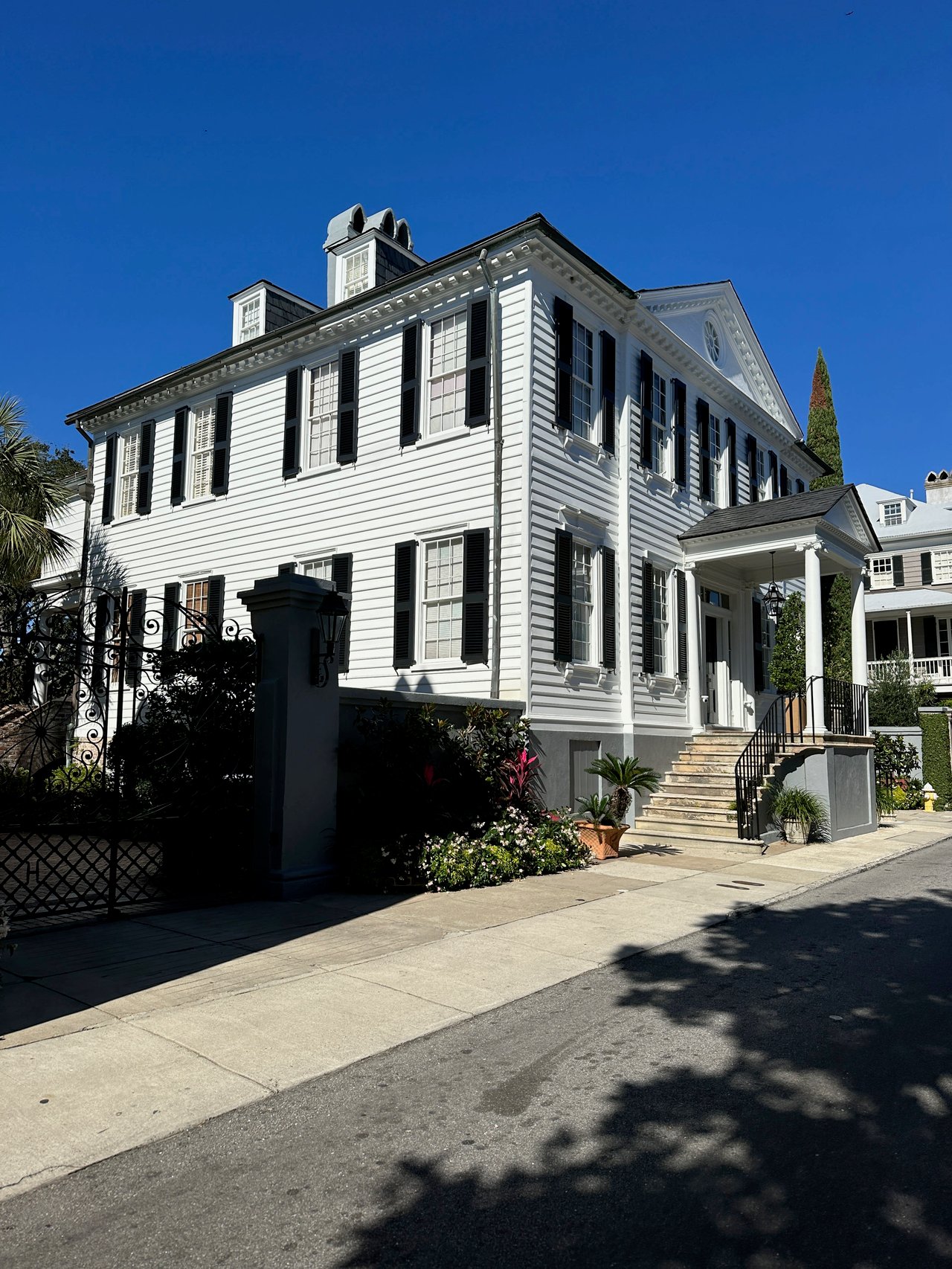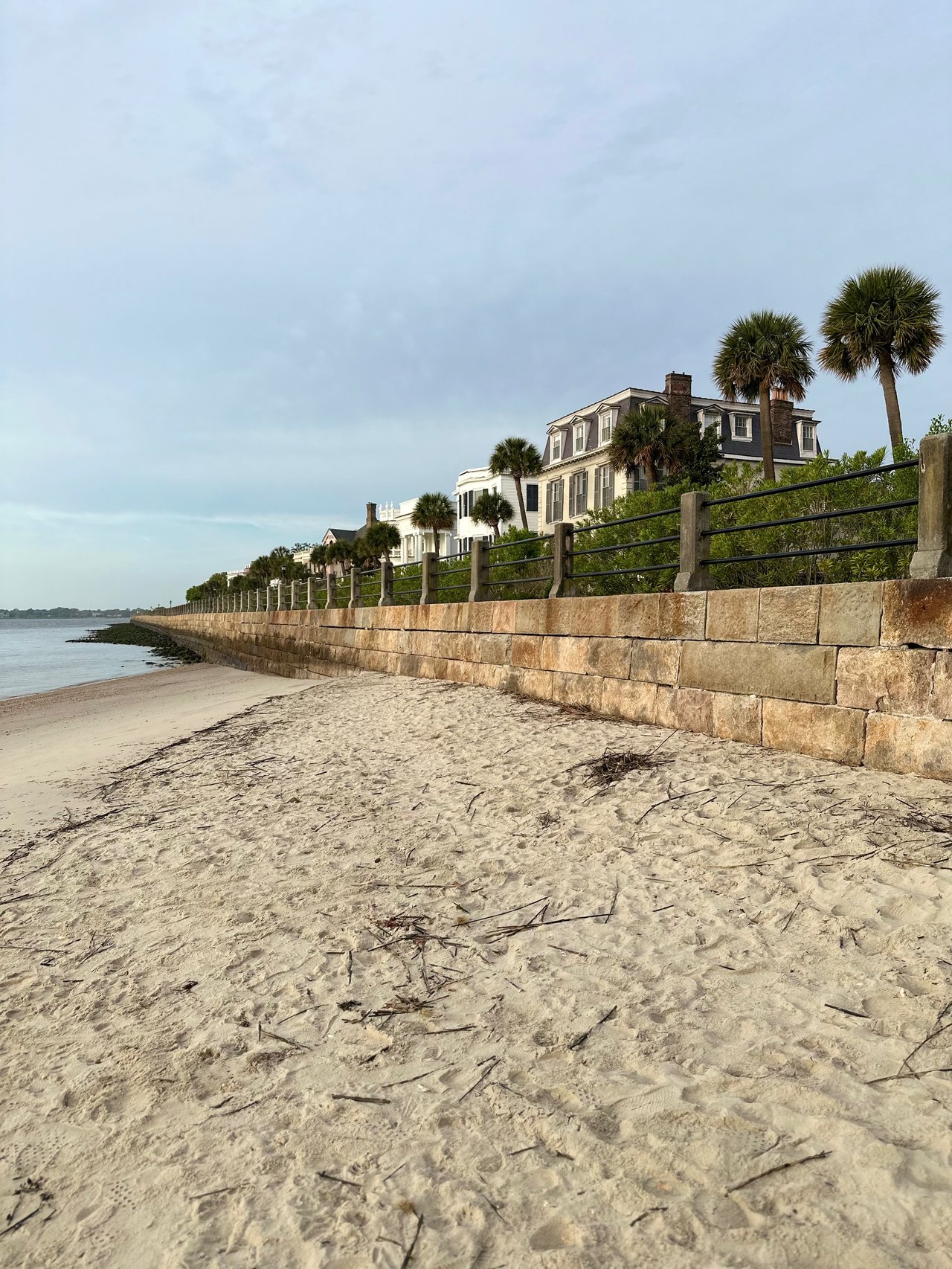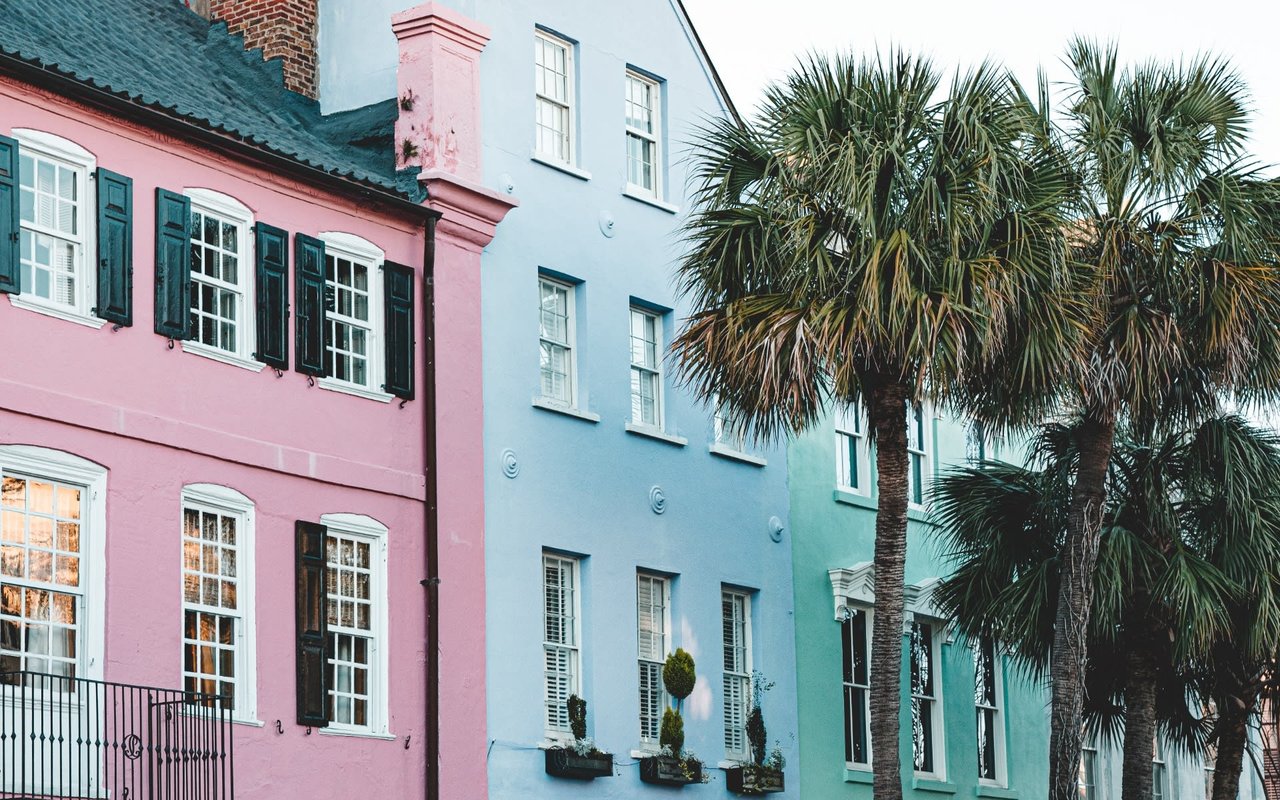Ranch: Originating in the United States in the 1920s, the Ranch style was influenced by the Spanish colonial architecture of the 19th century. The hallmarks of this style include a long, low, ground-hugging profile and an open interior layout. Ranch homes are typically single-story with a long horizontal footprint, often featuring large windows to bring in light, and sliding glass doors that open to a patio area.
Craftsman: The Craftsman style developed out of the Arts and Crafts movement in the early 20th century. This style emphasizes natural materials like wood, stone, and brick. Craftsman homes are known for their extensive use of woodwork and hand-crafted details, including built-in furniture and fixtures. The roofs are low-pitched with wide eaves and exposed rafters, and porches feature distinctive square columns.
Tudor: Tudor architecture is a style that originated in England and had its renaissance in American suburbs during the 20th century. It's characterized by its steeply pitched gable roofs, decorative half-timbering, and tall, narrow windows. The facade often includes a prominent chimney and may incorporate herringbone brickwork or stonework.
Colonial: Colonial-style homes are inspired by the practical homes built by early Dutch, English, French, and Spanish settlers in the American colonies. Symmetry is a defining characteristic, with a centered front door flanked by an equal number of windows on each side. Roofs are typically steep, with side gables and sometimes dormers.
Cape Cod: This New England style originated in the 17th century and is known for its simple, symmetric design. Cape Cod homes have a steep roof with side gables, a large central chimney, and very little ornamentation. T he symmetrical front facade typically features a central door with multi-pane windows on either side.
Contemporary: Contemporary architecture breaks away from historical styles and embraces innovative design and construction techniques. It features clean, simple lines and shapes, and often incorporates the latest technology and sustainable materials. Large windows and open floor plans are common, allowing for natural light and a connection with the outdoors.
Contemporary Craftsman: This style is a modern interpretation of the traditional Craftsman, combining the classic elements of handcrafted woodwork and mixed materials with modern amenities and sleek design.
Farm House: Farm house style homes convey a rustic charm typically associated with rural living. These homes often feature large, wrap-around porches, gabled roofs, and use materials like wood and stone to create a cozy, homey feel. The interiors usually have a spacious kitchen and family gathering areas.
Bungalow: The Bungalow style became popular in the United States in the early 20th century and is characterized by its low-pitched roofs, broad eaves, and a front porch that extends the width of the house. Bungalows are typically one or one-and-a-half stories, with a practical, compact layout.
Tudor Revival: Tudor Revival is a 20th-century style that draws on the quaint and picturesque elements of medieval English homes. It often features steeply pitched roofs, decorative half-timbering, and tall, narrow windows resembling those found in Tudor-era buildings.




